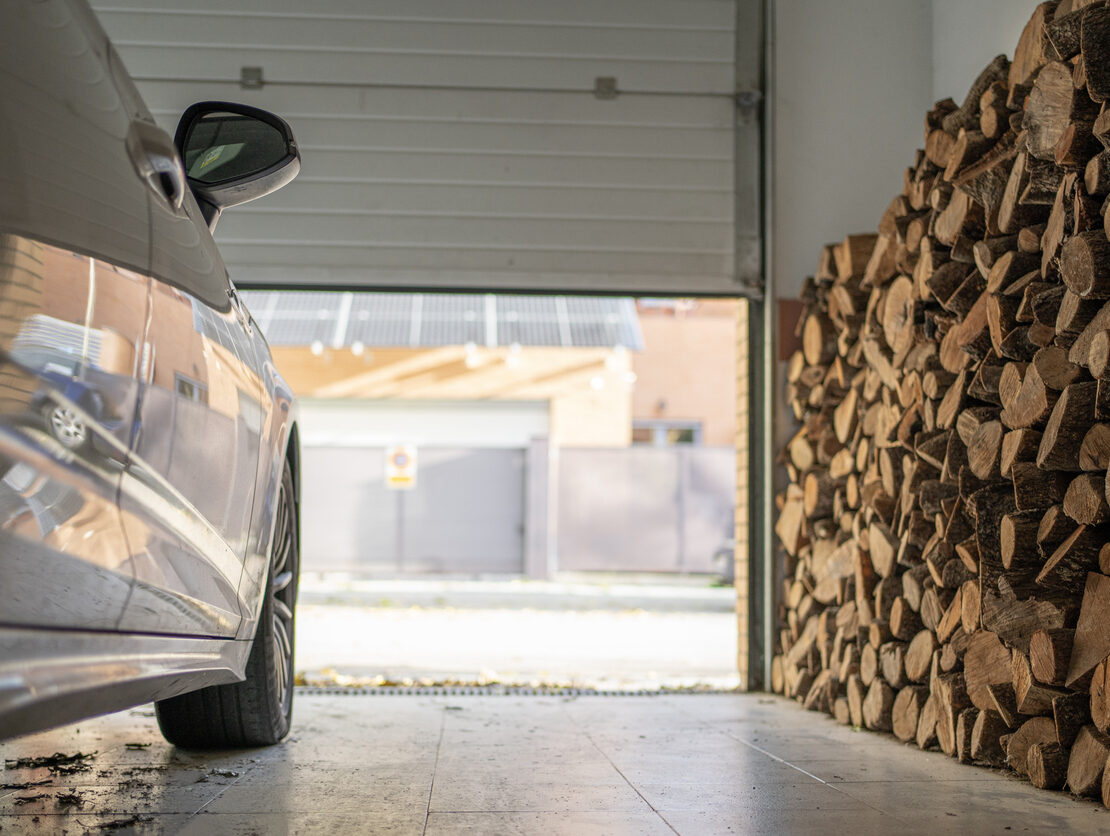
When we think of our vehicles, we think of the times we’ve spent driving them and riding in them. We think of the places we’ve gone, the places we have to go, and the places we want to go. We think of cars in motion.
But for whatever reason, sometimes we have to store our vehicles and leave them stationary for long stretches of time. It’s natural to wonder “how often you need to drive a car” or “how long can a car sit without being started.”
Here at Compass Self Storage, we know a thing or two about car storage. That’s why we’ve put together a quick guide about this common question.
How Long Can a Car Sit Without Being Driven?
A car can sit in storage for months before you have to worry about vehicle damage or replacing any parts. That’s because, unless you drive professionally, the fact of the matter is that cars are usually not in motion. The average car is parked 95 percent of the time, so cars are designed perfectly well to sit around and sit around for long periods of time.
Scott Weinschreider, owner of Wayne’s Auto Shop in Cleveland, Ohio, says that the biggest mechanical risk to long term-car storage is rust. “A lot of times it’s rust, like in a brake line or the fuel lines and all kinds of liquid lines. That’s where most of the problems I see are in.” Newer cars have more resistance to corrosion, but any car can rust if exposed to the moisture and corrosive materials like road salt.
If you’re worried about weather affecting your vehicle, select an indoor drive-up storage unit for additional protection. Some drive-up car storage units also have climate control capabilities. While the most expensive type of car storage unit, they are also the most protective.
How Often to Start a Car in Storage
You should drive your car every few weeks, even if just for a little bit, if you intend on keeping it in storage for a long time. “If you can drive it once a week, once every other week, that’s good for it,” Weinschreider notes about driving cars in storage.
You’ll want to occasionally drive your car because of a few key parts that, while easily replaceable, can cost money to replace:
- Car battery: Even when turned completely off, a tiny amount of electrical charge bleeds off the battery. Over months, it could lead to a dead battery. Driving your car occasionally replenishes the lost charge.
- Tires: All tires eventually lose air, so it’s not uncommon to see stored cars with flat tires. Additionally, the longer you leave your car in one place, the more deformed the wheels get. Driving your car occasionally repositions the “flat spots” on the tires.
Rent Car Storage Today
Storing your car is easy with the help of self storage. With month-to-month leases, affordable rates, and indoor and outdoor vehicle storage options, it’s a breeze to find a place for your ride–new or old. Locate your nearest Compass Self Storage facility and find the best car storage unit for you and your vehicle.






